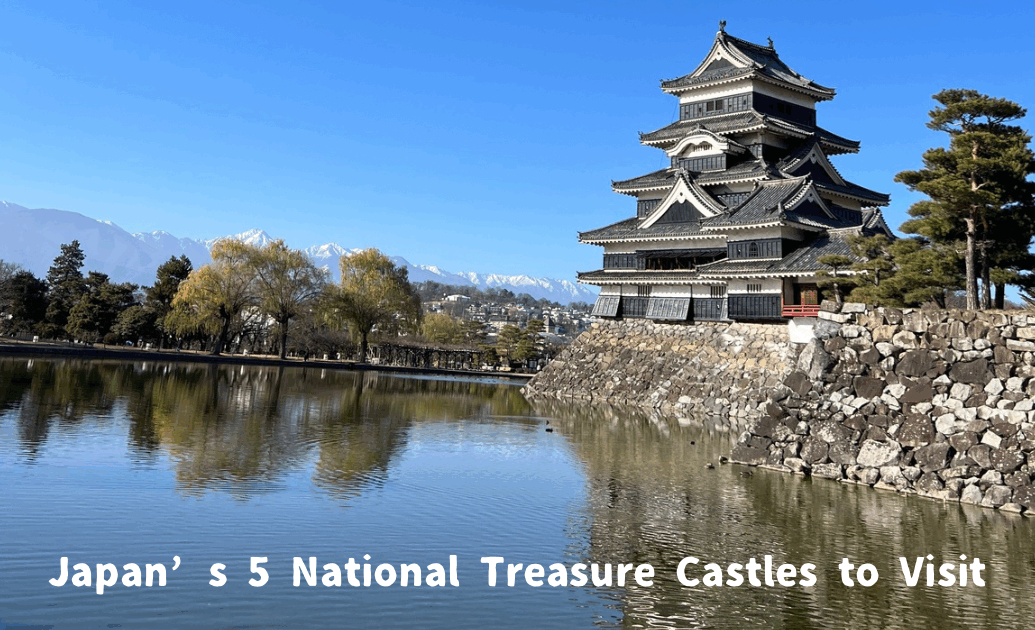Japan’s castles are more than just architectural marvels — they’re windows into samurai history, feudal power, and traditional craftsmanship. Among hundreds of castles once scattered across the country, only a few remain with their original keeps (tenshu), untouched by time or reconstruction.
Among these rare survivors, five castles have been officially designated as National Treasures of Japan, celebrated for their beauty, preservation, and cultural importance. Let’s explore these five legendary castles and the fascinating stories behind them.
1. Himeji Castle (Hyōgo Prefecture) — The White Heron Castle
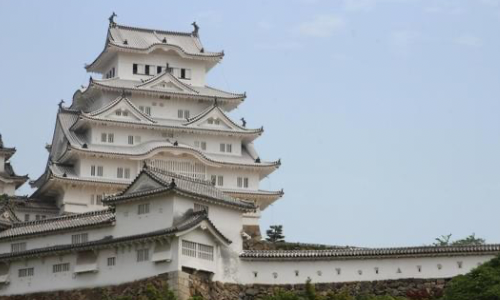
Arguably Japan’s most famous and most beautiful castle, Himeji-jō earned its nickname, “The White Heron Castle,” thanks to its brilliant white plaster walls and graceful silhouette.
Built in the early 1600s, Himeji Castle has survived wars, earthquakes, and even World War II bombings almost unscathed — a true miracle of preservation. The castle’s vast complex includes over 80 buildings, winding passages, and clever defensive designs that once protected it from invaders.
Highlight: Climb to the top of the six-story main keep for panoramic views of Himeji city and the distant Seto Inland Sea.
2. Matsumoto Castle (Nagano Prefecture) — The Black Crow Castle
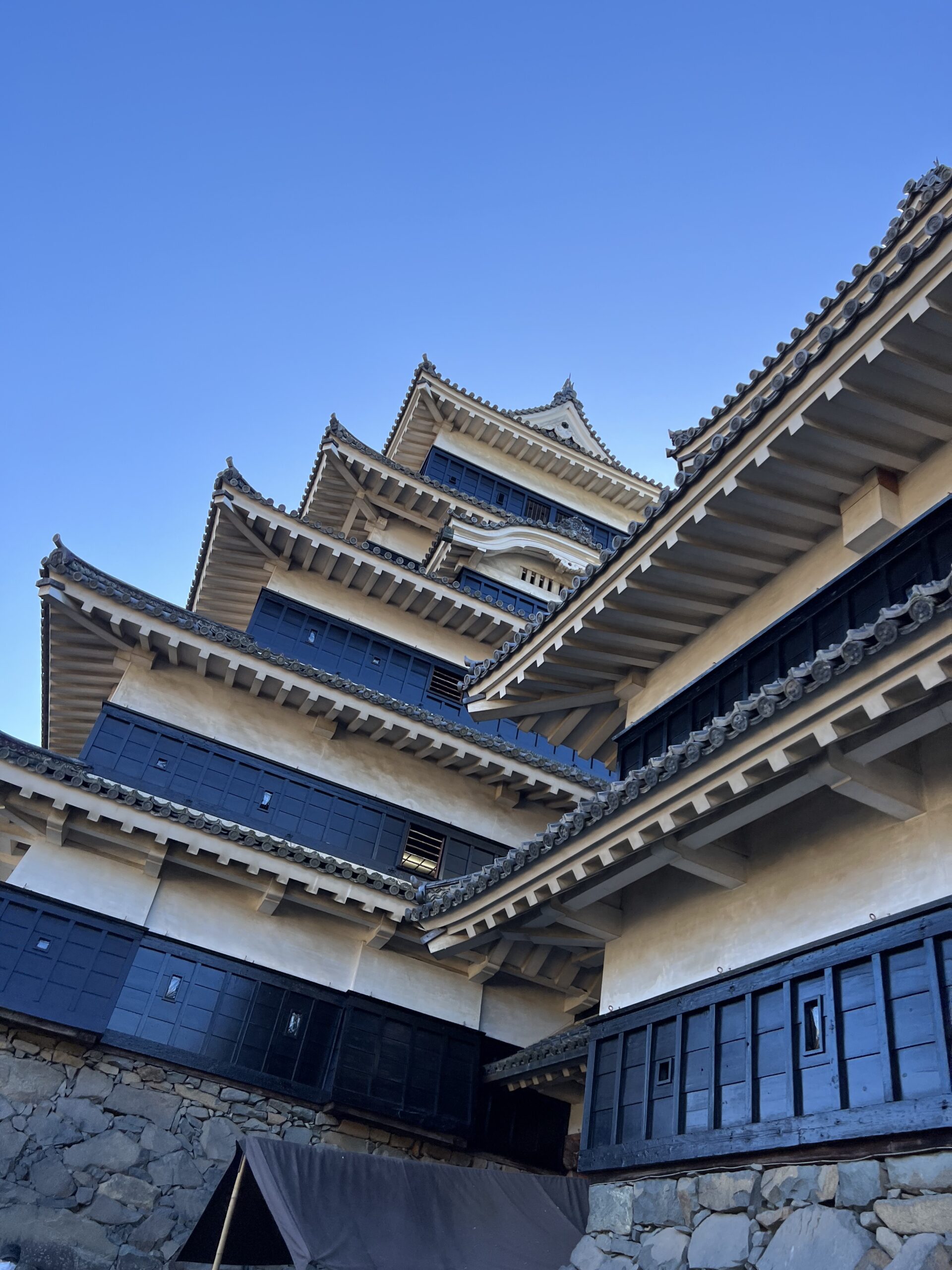
With its striking black exterior, Matsumoto-jō is known as “The Black Crow Castle.” Built during the Sengoku (Warring States) period, it combines beauty with military precision — its design includes hidden openings for archers and gunmen, steep stairs, and narrow windows for defense.
The contrast of dark wooden walls against the backdrop of the Japanese Alps is simply breathtaking, especially during cherry blossom season in spring or when the moat freezes in winter.
Highlight: Visit the castle’s interior to see ancient weapons, samurai armor, and breathtaking wooden architecture from Japan’s feudal era.
3. Inuyama Castle (Aichi Prefecture) — Japan’s Oldest Standing Keep
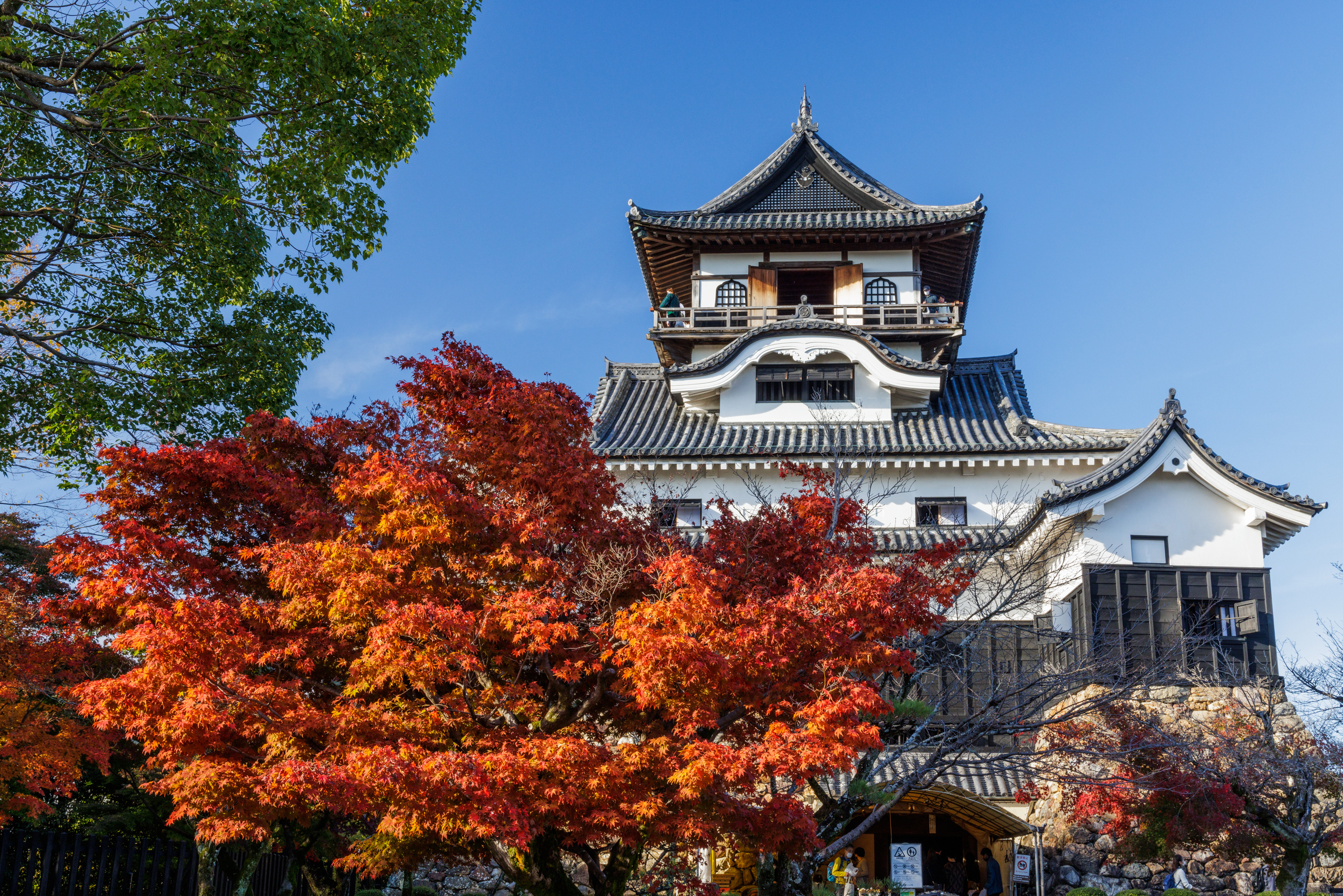
Perched above the Kiso River, Inuyama Castle is believed to have Japan’s oldest surviving tenshu, built around 1537. Unlike many castles reconstructed in modern times, Inuyama’s wooden keep remains almost completely original — a priceless link to Japan’s medieval past.
Though small compared to Himeji or Matsumoto, its charm lies in its authenticity and commanding view of the river and surrounding mountains.
Highlight: Step onto the narrow wooden balcony at the top floor for a 360-degree view — it’s one of the most stunning castle views in Japan.
4. Hikone Castle (Shiga Prefecture) — A Gem by Lake Biwa
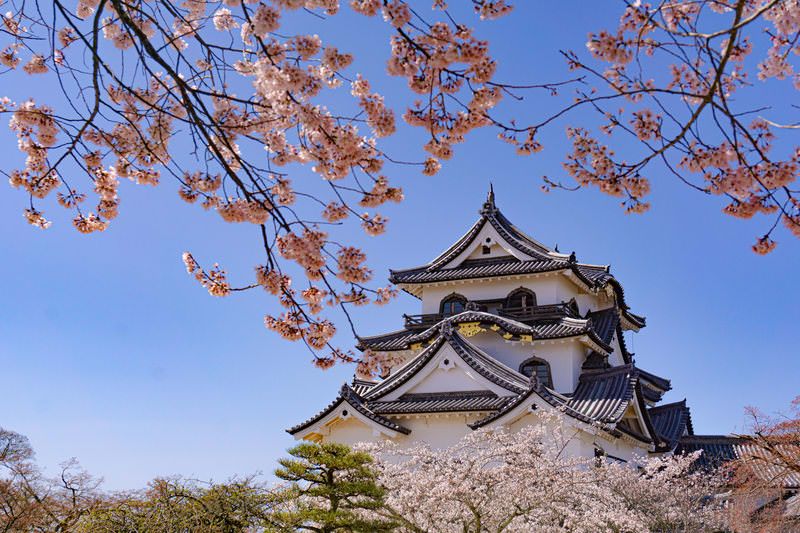
Hikone-jō, completed in 1622, is a masterpiece of design and harmony. Overlooking Japan’s largest lake, Lake Biwa, the castle is remarkably well-preserved and still includes its original keep, moats, and several gates.
Hikone Castle played a vital role during the Edo period and belonged to the powerful Ii family, loyal retainers of the Tokugawa shogunate. Today, it’s one of the few castles where you can still feel the quiet dignity of the samurai era.
Highlight: Don’t miss the nearby Genkyuen Garden, where the reflection of the castle in the pond creates a postcard-perfect view.
5. Matsue Castle (Shimane Prefecture) — The Castle of the Black Roofs
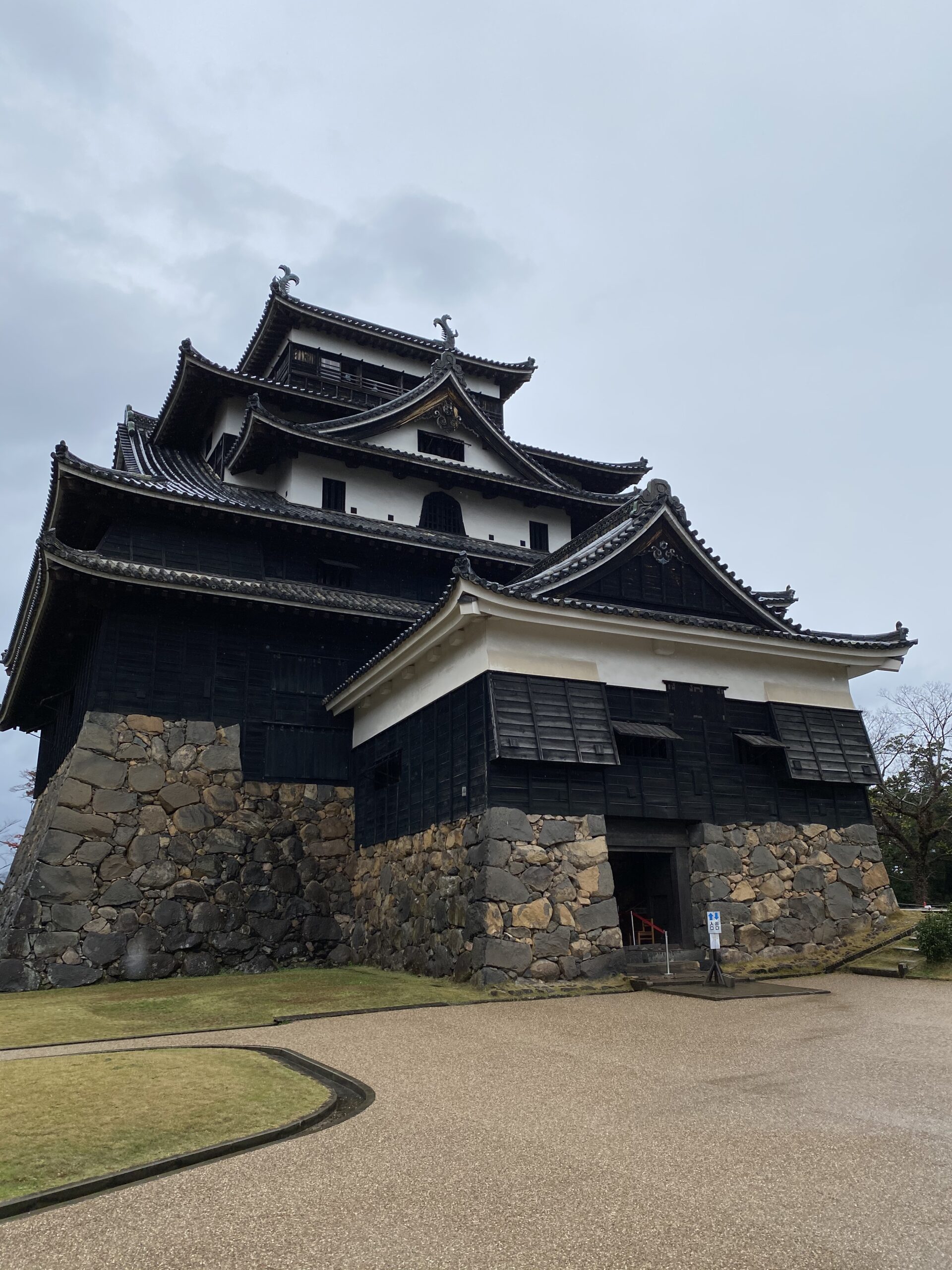
Matsue-jō stands proudly in western Japan as one of the last authentic castles with its original wooden keep. Completed in 1611, its dark roofs and elegant structure earned it the nickname “The Castle of the Black Roofs.”
Inside, you’ll find steep stairs, historical armor, and exhibits that tell the story of local warlords. From the top floor, you can enjoy sweeping views of Lake Shinji and the old town of Matsue, known for its traditional charm and samurai residences.
Highlight: Visit during sunset to see the castle glow golden against the twilight sky — an unforgettable sight.
🏯 What Makes These Castles So Special?
Out of the more than 25,000 castles and fortresses that once existed in Japan, only 12 castles retain their original keeps today. The five National Treasure Castles stand above the rest for their historical significance, architectural integrity, and unmatched beauty.
Visiting them offers more than sightseeing — it’s a step into the heart of Japan’s samurai past, preserved for generations to come.
✨ Travel Tip
If you’re planning a castle-hopping trip, consider buying a Japan Rail Pass and visiting these five National Treasure Castles across the country. Each region offers unique local cuisine, traditional crafts, and seasonal scenery to complete your journey through time.
Conclusion
Japan’s Five National Treasure Castles are not just remnants of history — they’re living symbols of Japan’s artistry, resilience, and timeless beauty. Whether you’re a history lover, architecture fan, or simply looking for breathtaking views, these castles promise an unforgettable journey into the soul of old Japan.

